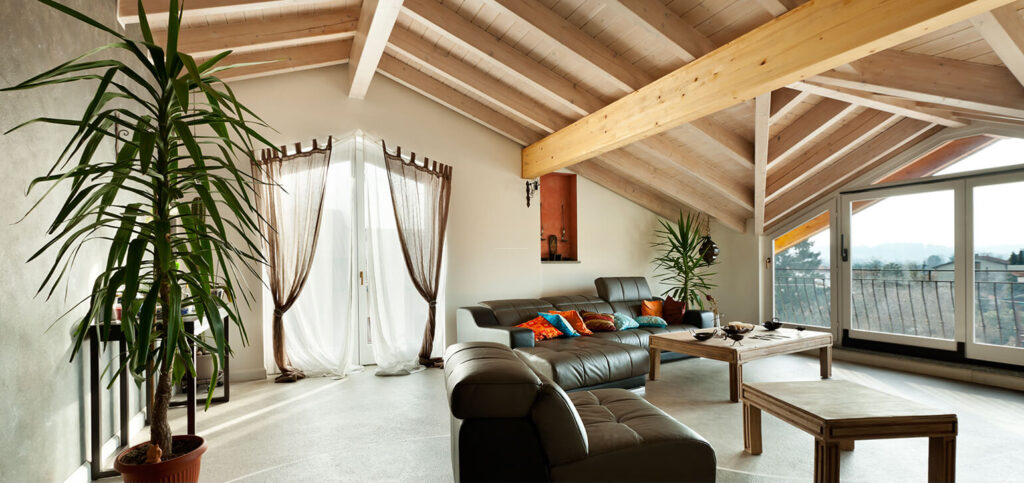When planning a loft conversion, the first ideas to pop into your head may be the colour scheme — or the carpeting — or whether that retro arcade machine that’s been sitting in the garage for the last forty years will fit snugly in the corner. These are all big decisions, yes; however, one of the first decisions you’ll need to make is whether to use steel or timber beams to support the structure of your loft. While perhaps not as exciting a decision, it’s unquestionably an important one, and we here at Kingsmead Conversion have written this article to help you find your personal preference.
Strength
Structural integrity is perhaps the most important factor in creating a loft conversion. It’s all well and good to design a stunning new bedroom, but it’s not going to be livable if it’s not held up properly. Luckily, this isn’t going to happen regardless of whether you choose timber or steel, but it’s still an important factor to consider.
Timber has a surprisingly high tensile strength. It is light yet incredibly strong, and can take a surprisingly large amount of weight. Unfortunately for timber, however, steel is just that much stronger. The robust metal can take a huge amount of weight, and though both timber and steel are extremely proficient at their job, the strength of steel beams simply goes unmatched.
Durability
Another vital factor in structural engineering, the durability of steel and timber beams is not quite as straightforward as their strength. Though steel is generally more durable in everyday conditions, timber does have the advantage of not expanding in high heat. High temperatures can cause steel to expand, and this expansion is often the main cause of structural breakage. This is the only situation where timber outlasts steel though, and will largely not be an experienced issue.
In addition, steel is resistant against rot and insect/vermin nibbles, unlike timber. Steel is naturally susceptible to rot, however this can easily be overcome with simple anti-corrosion paint.
Versatility
Both timber and steel are highly versatile materials, meaning they can accommodate for a wide range of structural shapes and designs. Timber can easily be cut into whichever shape is needed, and can be attached practically effortlessly using nails and bolts. Steel, however, benefits from the growing advancements in technology. 3D modelling systems can be used to produce steel beams, creating them to the exact specification required. Steel also benefits from being able to travel long distances without significantly reducing its structural integrity.
Cost
Surprisingly to many, steel is actually the less expensive of the two materials. Timber may be easier to maintain, however, as simple oils can be used to keep the wood strong. Steel, on the other hand, may need manual repairs or replacements depending on damage. This is all dependent on the damage involved, however, and you may find that timber is damaged more often due to being less durable.
Our article suggests that steel is the better material to use for the support of your loft conversion — and we can’t disagree. However, here at Kingsmead Conversions we take all your recommendations on board to help construct a loft combining your vision and our expertise. Some people opt for timber due to its sustainability; timber comes from trees and is therefore a sustainable resource (given that a tree is re-planted after being cut down). The steel we use is recyclable too though, so opting for steel will also be helping the environment. Either way, it’s a win-win.
Here at Kingsmead Conversion, we offer full transparency on our projects and welcome your involvement throughout our process to ensure we create the perfect loft for you. To enquire further, give our team a call today. We serve Milton Keynes and beyond.


